Pin Loom Crafting at the Tuition club!
Our students aged 9-10 have been pin loom crafting this half-term; a loom is a device used to weave cloth and tapestry. The basic purpose of any loom is to hold the warp threads under tension to facilitate the interweaving of the weft threads. Pin weaving offers both versatility and portability for a woven project. The warp threads are held in place with straight pins. Weaving can be done in any direction, using thread, yarn, fabric strips, beads, feathers or other fibres. Crafting helps build self-esteem and gain confidence by:
- Building new skills
- Feeling productive
- Providing a useful way to give to others
- Creating beauty through self-expression

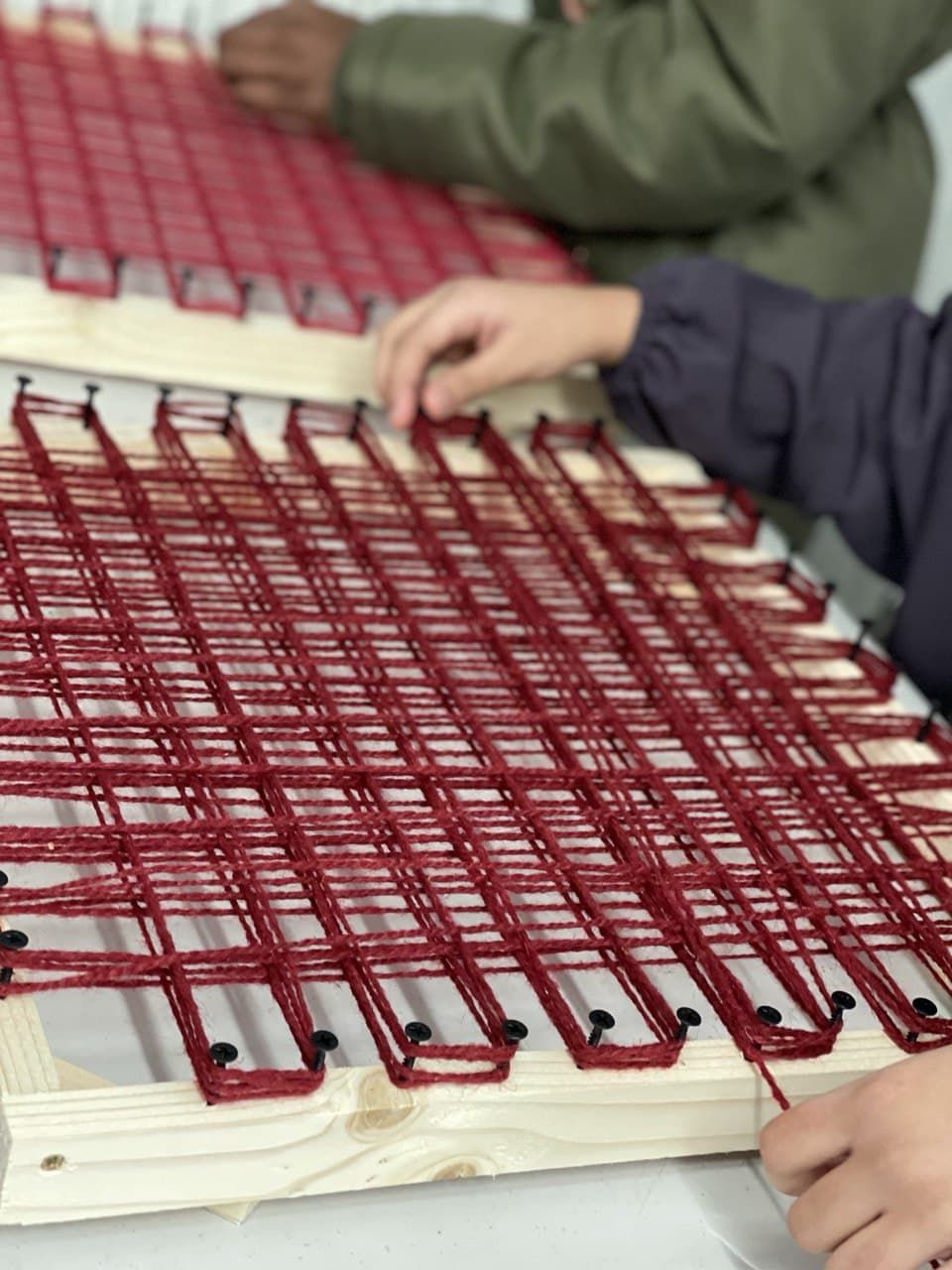
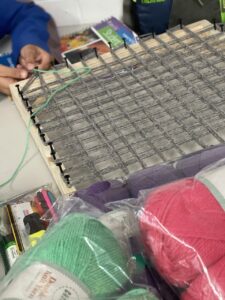
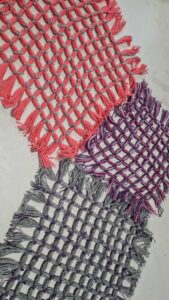
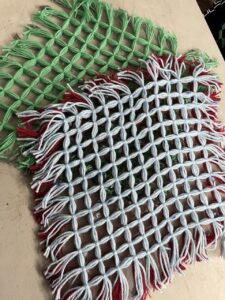
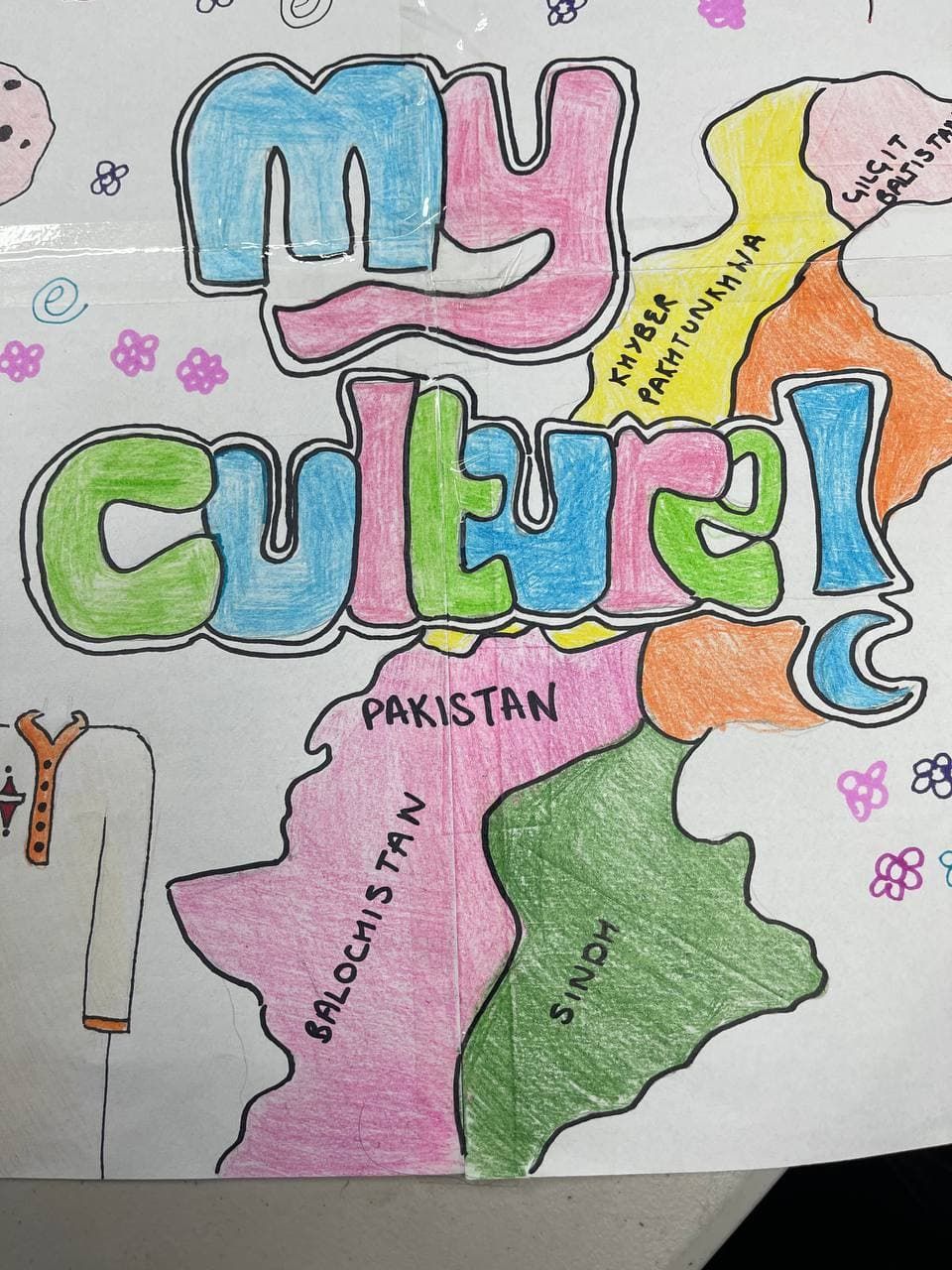
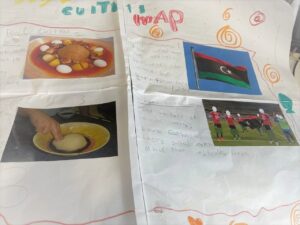
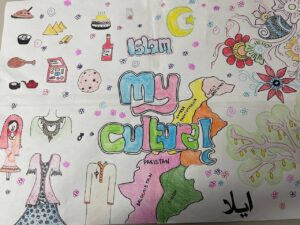
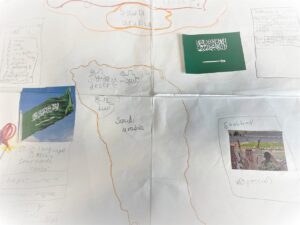
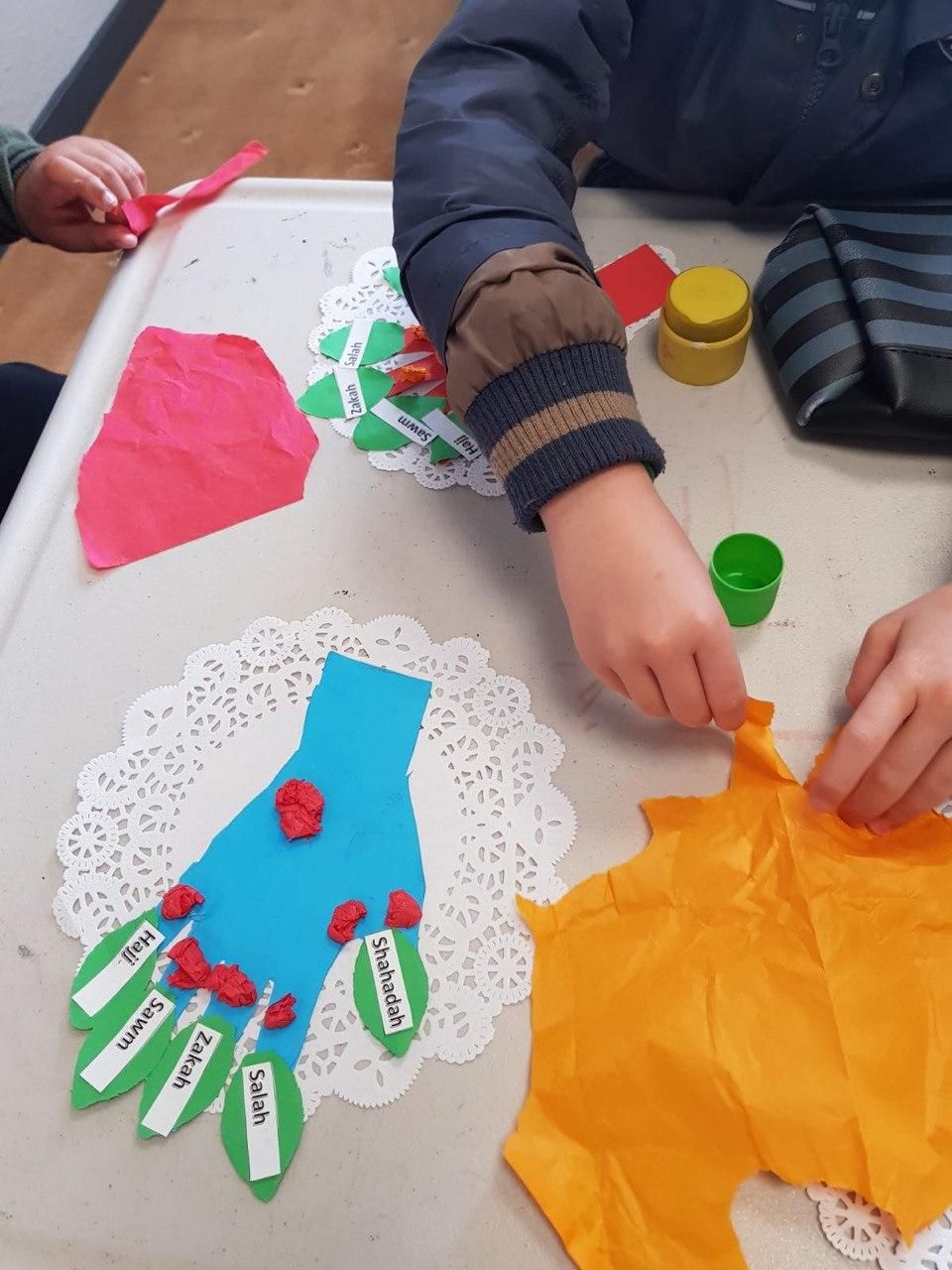



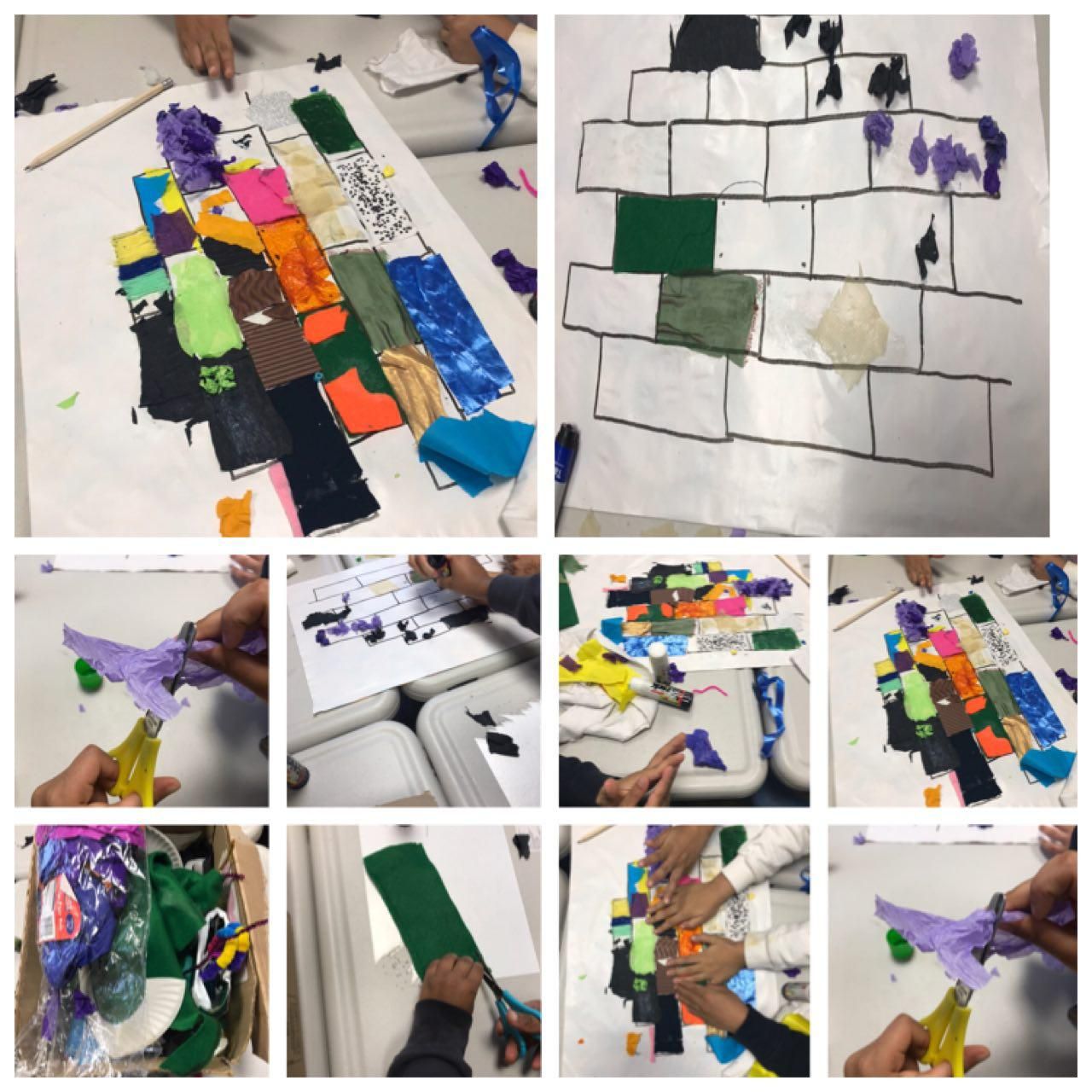
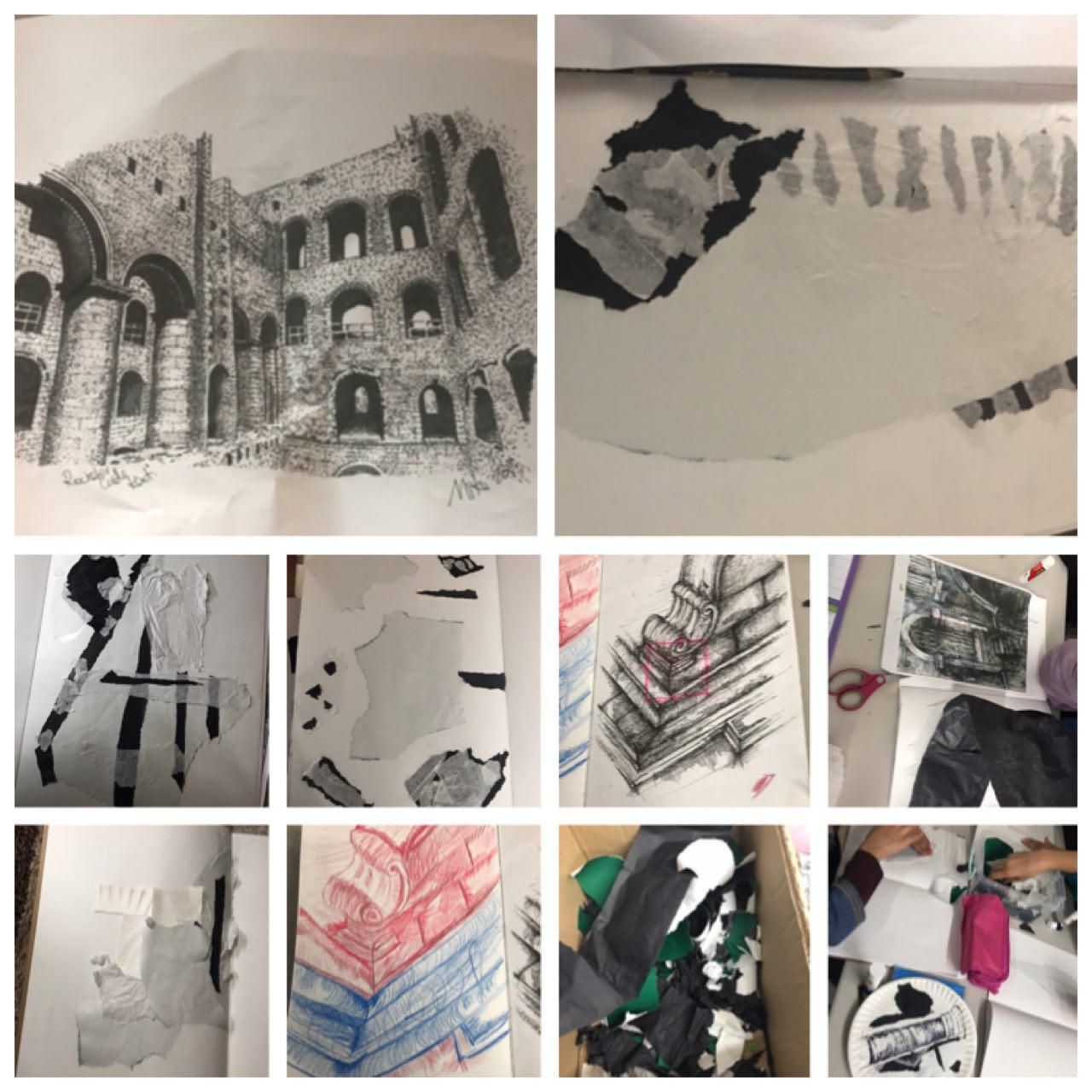
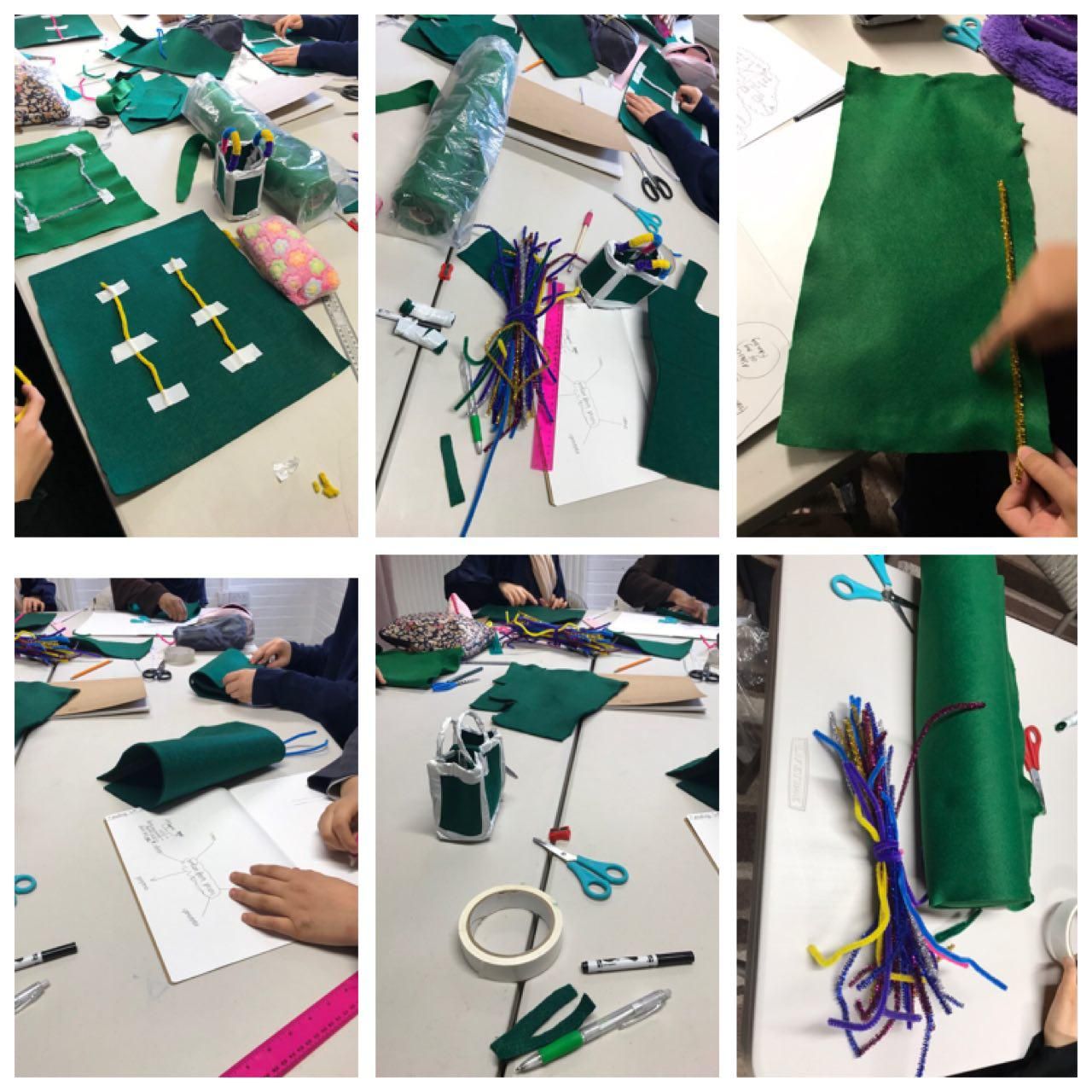
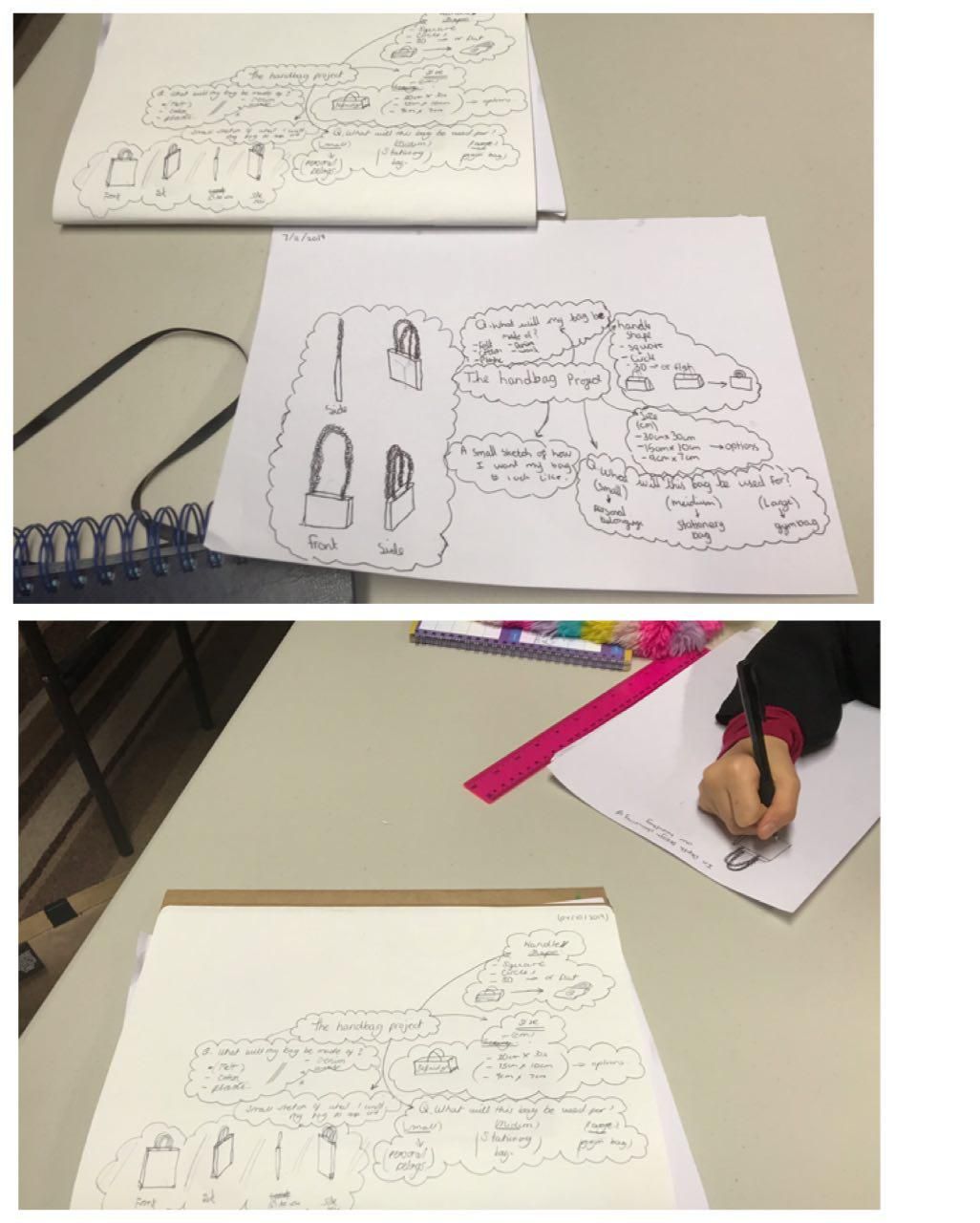
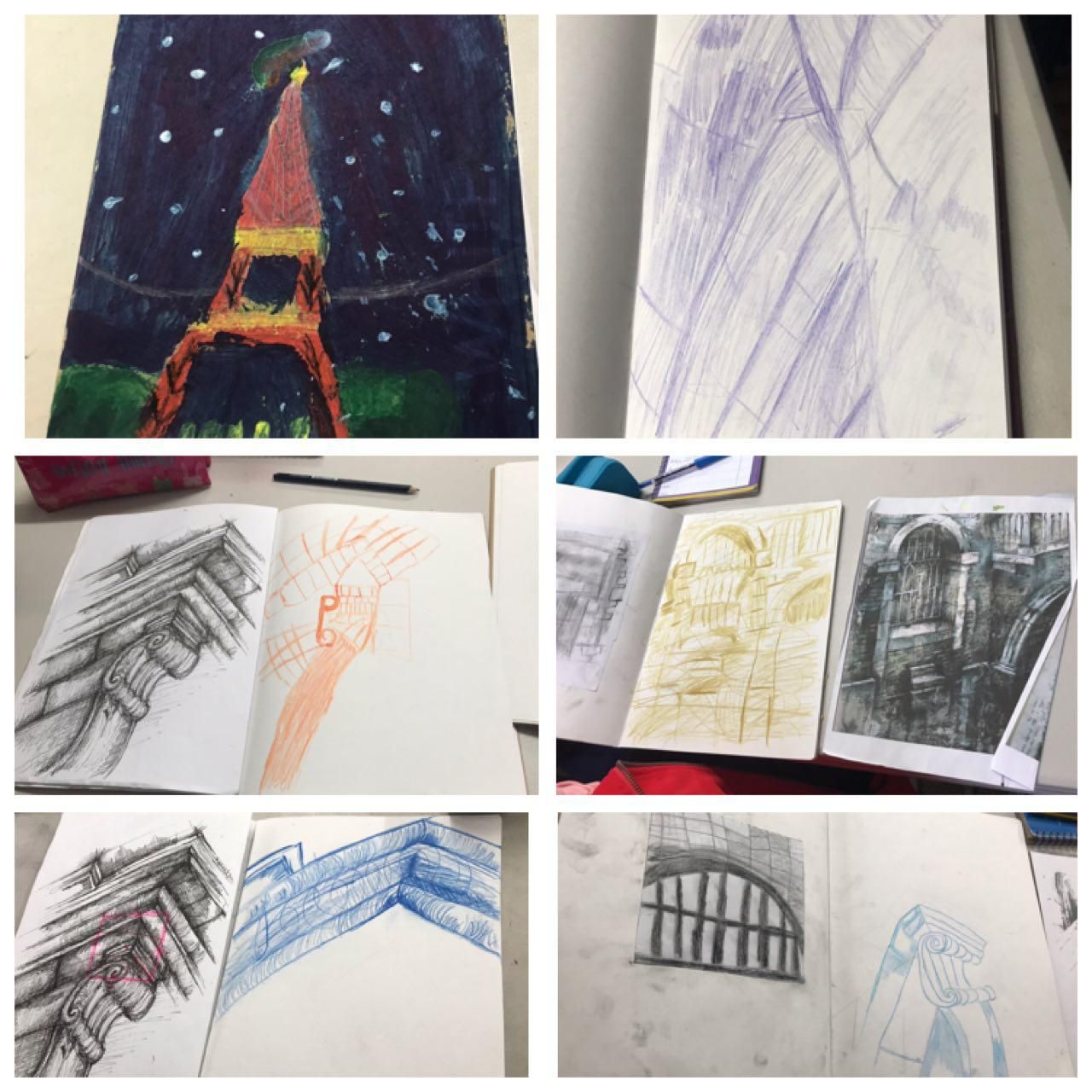
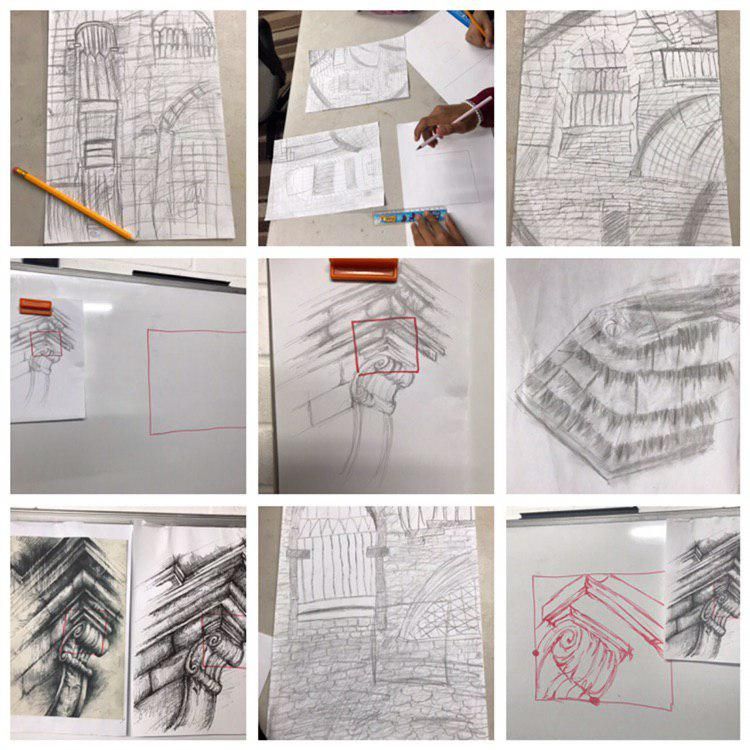
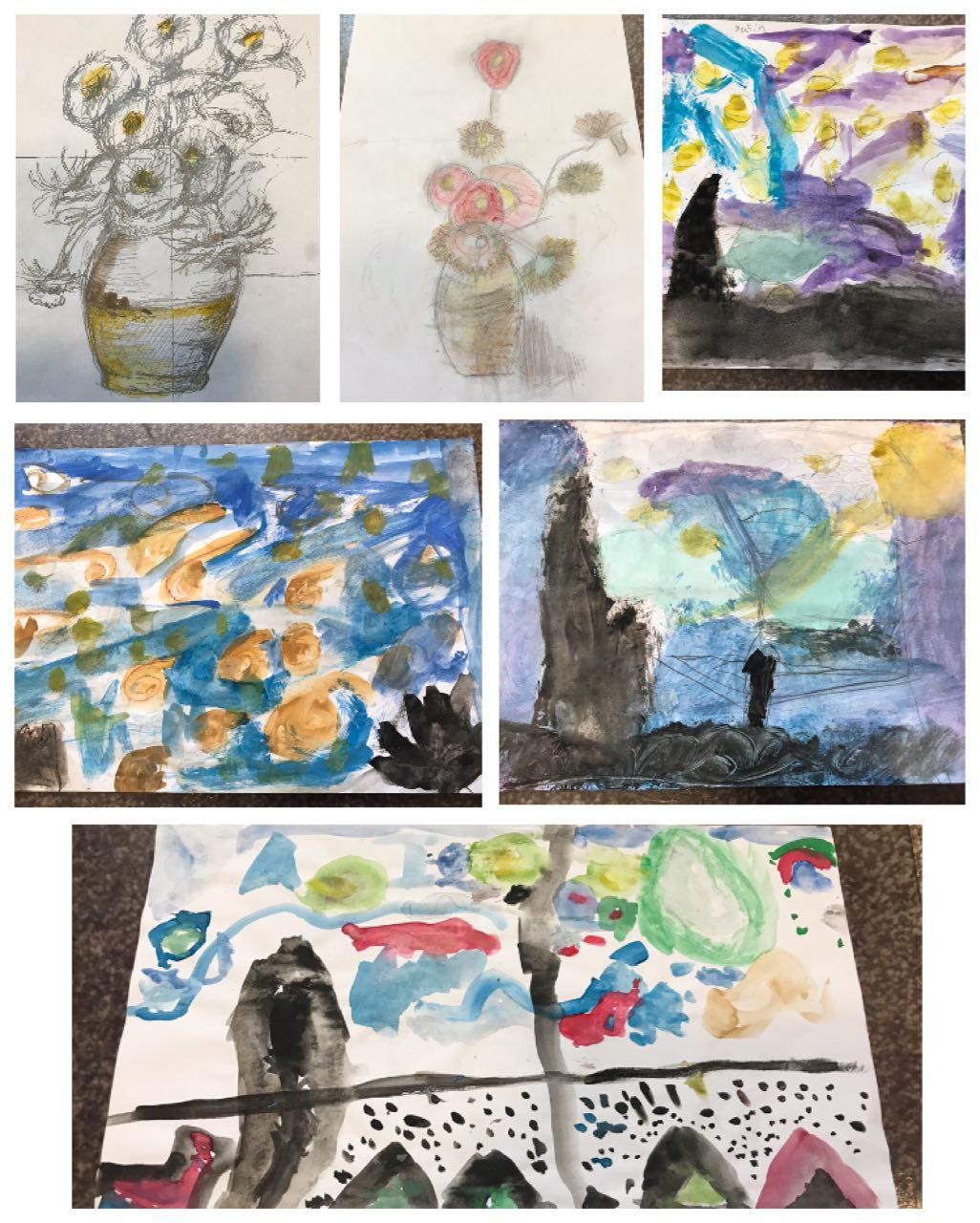
You must be logged in to post a comment.